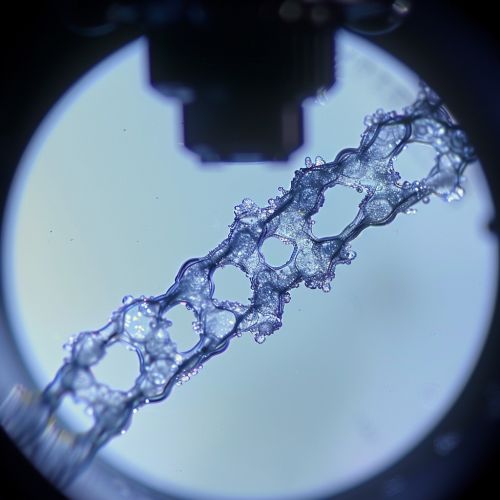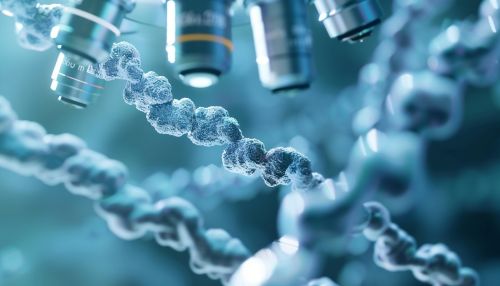Chromosomes
Introduction
Chromosomes are thread-like structures located inside the nucleus of animal and plant cells. Each chromosome is made of protein and a single molecule of DNA (1). Passed from parents to offspring, DNA contains the specific instructions that make each type of living creature unique.


Structure of Chromosomes
The DNA molecule is a long, coiled structure that forms the chromosome. This DNA is made up of a sequence of nucleotides, which are the basic units of genetic information. A nucleotide is composed of a sugar molecule, a phosphate group, and a nitrogenous base. The sequence of these bases forms the genetic code, which is the set of instructions for the cell.
Chromosomes are not always visible. They condense into structures that are visible under a microscope only during certain stages of the cell cycle. When not in a condensed state, chromosomes are in a 'relaxed' state, as a chromatin fiber.
Number of Chromosomes
Different organisms have different numbers of chromosomes. Humans have 46 chromosomes, while dogs have 78, and carp have 104. The number of chromosomes does not correlate with the complexity of the organism; rather, it is the result of millions of years of evolution and genetic change.
Chromosome Replication
Chromosomes replicate, or make copies of themselves, during the S phase of the cell cycle. This process ensures that each daughter cell receives a complete set of chromosomes during cell division. The replication of chromosomes is a complex process involving many enzymes, including DNA polymerase and helicase.
Chromosome Abnormalities
Abnormalities in chromosome number or structure can lead to diseases in humans. For example, Down syndrome is caused by an extra copy of chromosome 21. Other disorders, such as Turner syndrome and Klinefelter syndrome, are caused by abnormalities in the sex chromosomes.
Conclusion
Chromosomes play a crucial role in the transmission of genetic information from parents to offspring. They are complex structures that carry the genetic code that determines the characteristics of all living organisms. Understanding the structure, function, and replication of chromosomes is fundamental to the fields of genetics and biology.
